

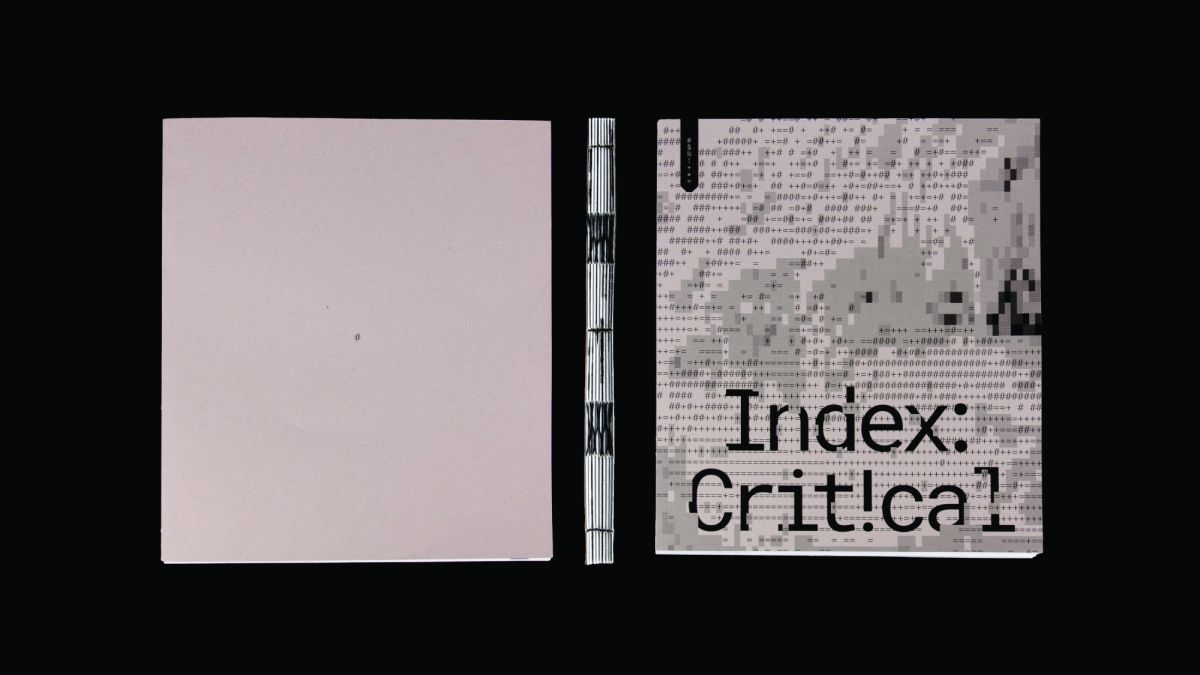
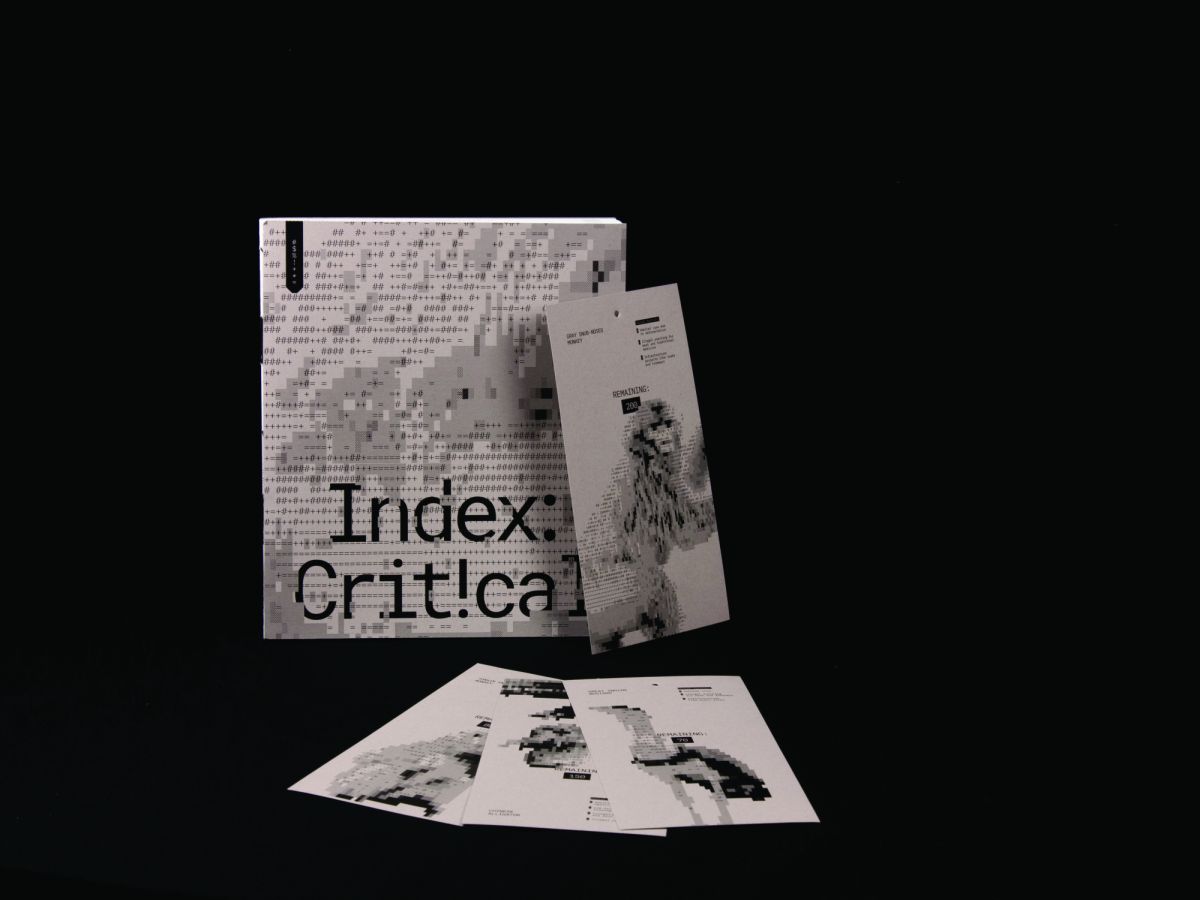
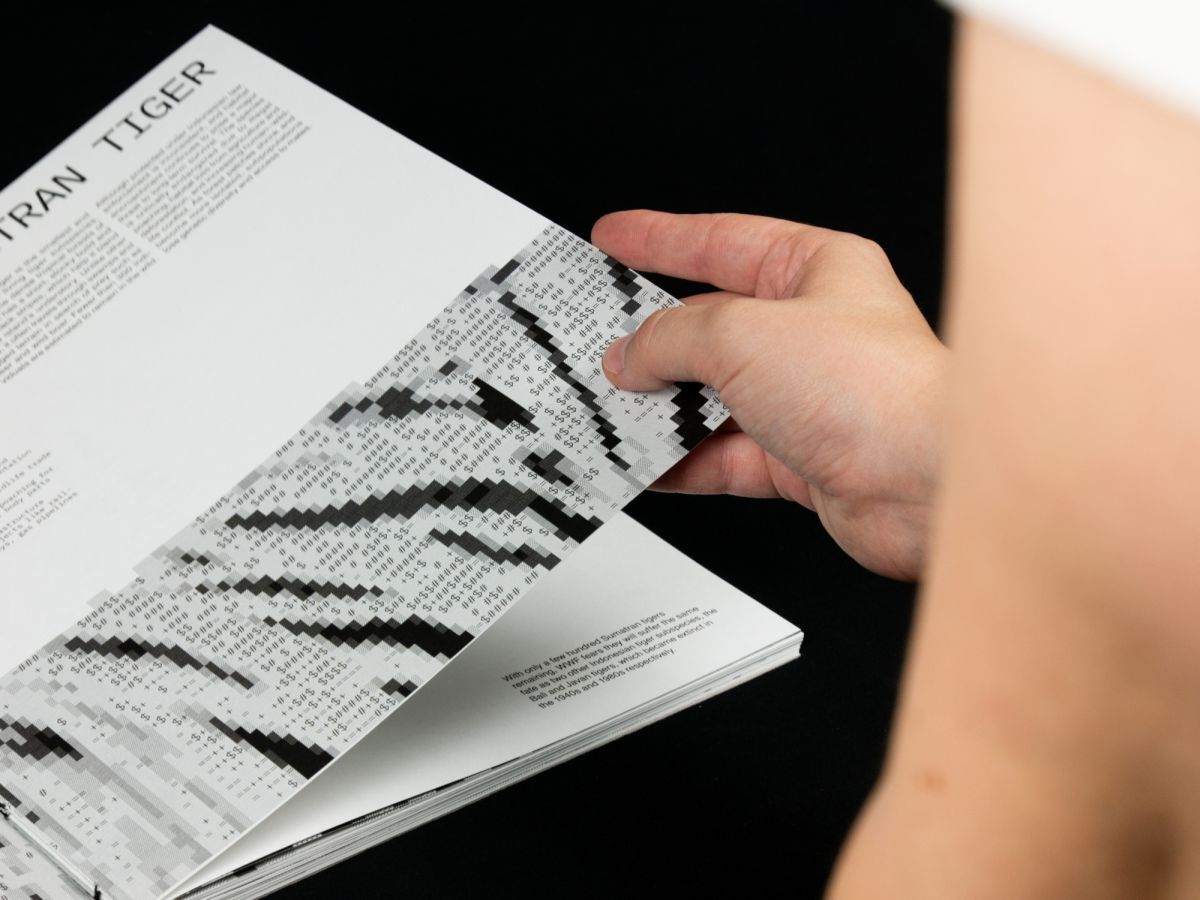
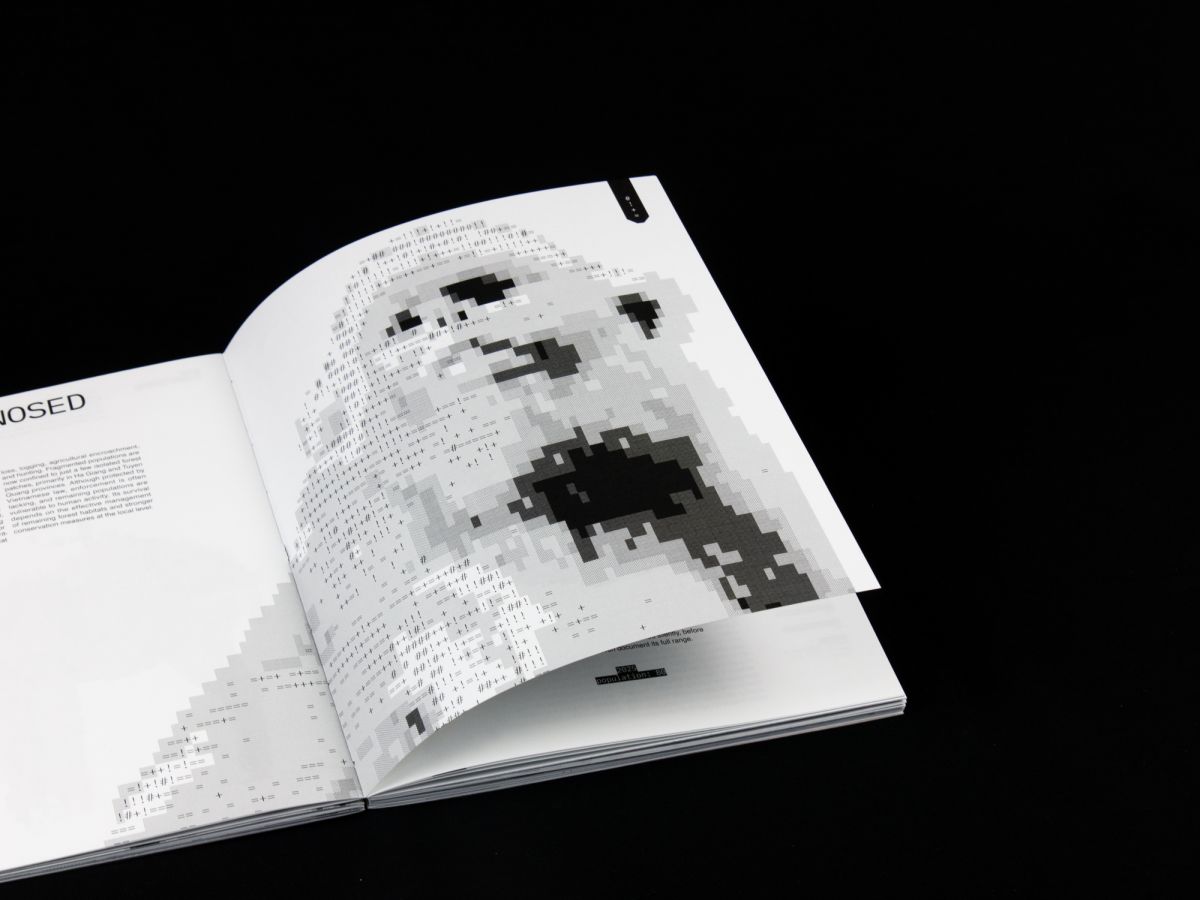
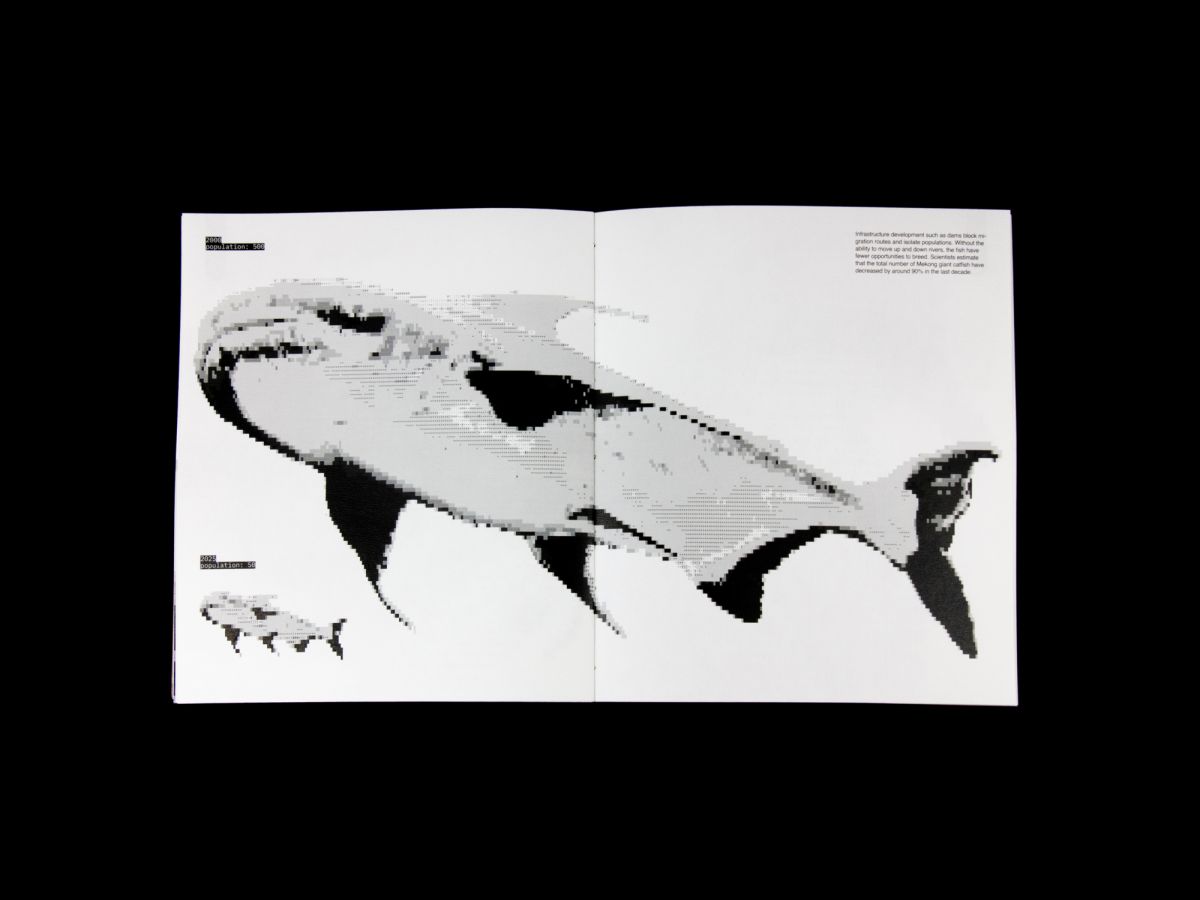
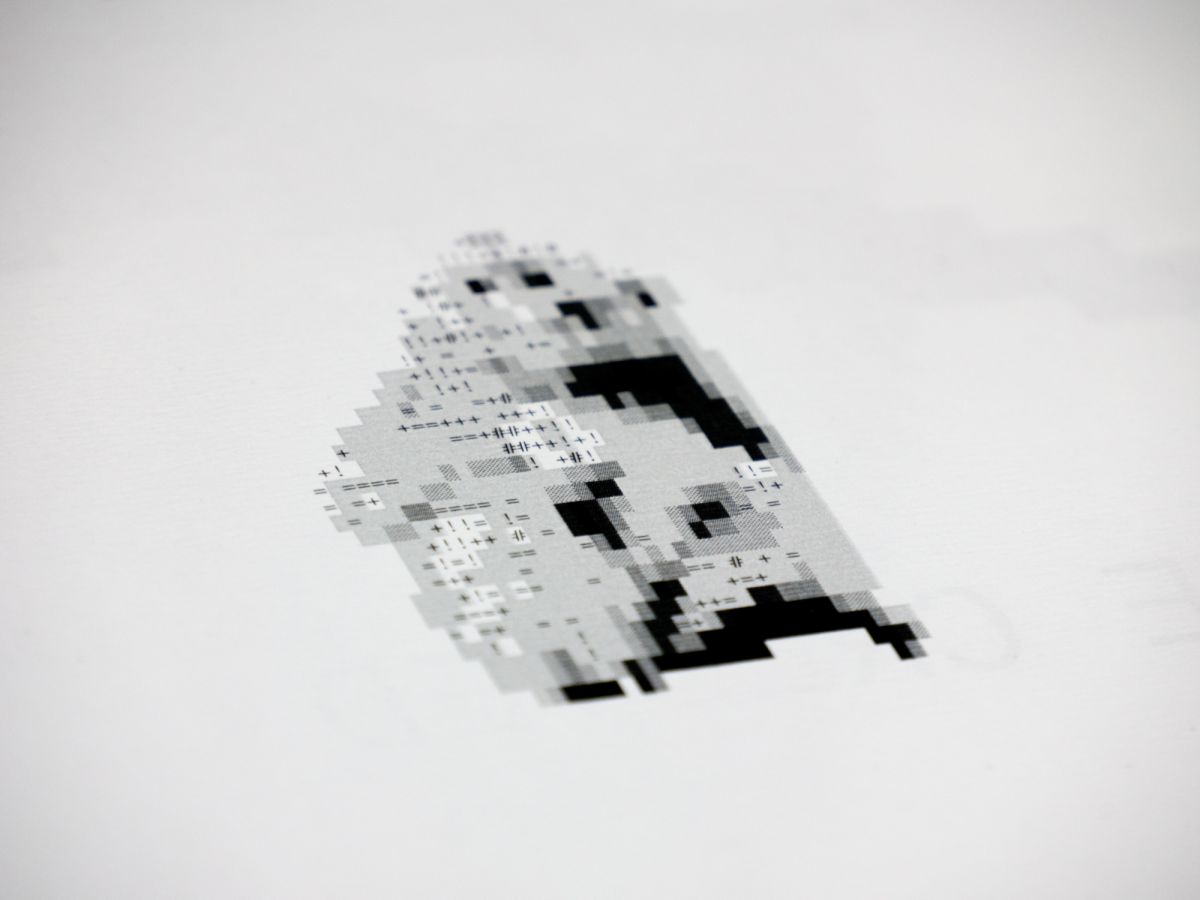
My project is a publication that examines the situation of endangered animal species in Asia. The project focuses on ASCII art: each animal is illustrated using only characters, and the number of characters used determines the current population of that species in the wild. Thus, the images function not merely as illustrations, but rather as infographics: they represent the size of the population. However, the concept of the illustrations is not limited to representing the population; the characters used also have meaning. Each character symbolizes a natural or human factor that has contributed to the disappearance of the species in question. For example, I assigned the character “+” to poaching, “:” to air pollution, and “$” to animal trafficking. I then used the relevant characters to construct the illustrations, which function as visual maps from which the causes can also be read. The publication not only presents each species in its current state, but also visualizes its changes over time: for example, the estimated population in the early 2000s compared to today’s drastically reduced population. This also introduces the concept of abstraction into the project: the fewer individuals remain of a species, the fewer characters appear in an image and the less recognizable the species becomes.
behance.net/virgsndor
instagram.com/virgrafik
Consultant: Dr. Szabolcs Süli-Zakar
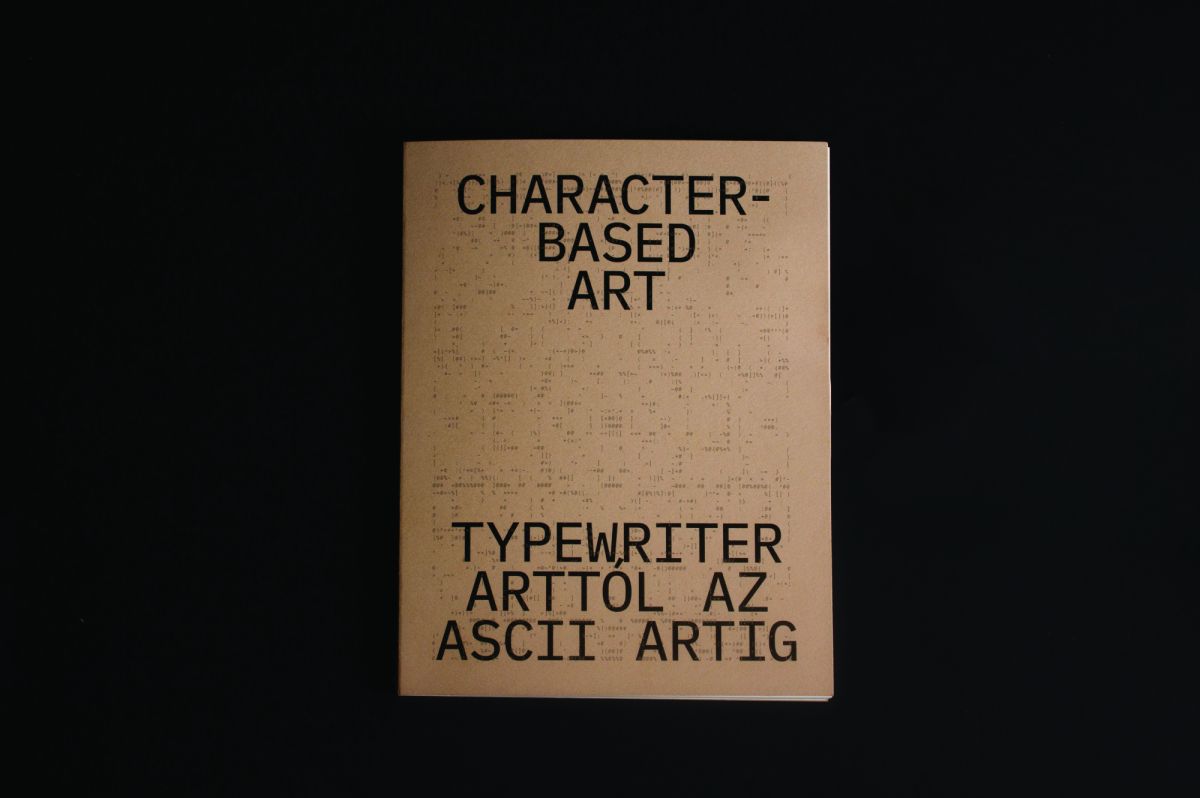
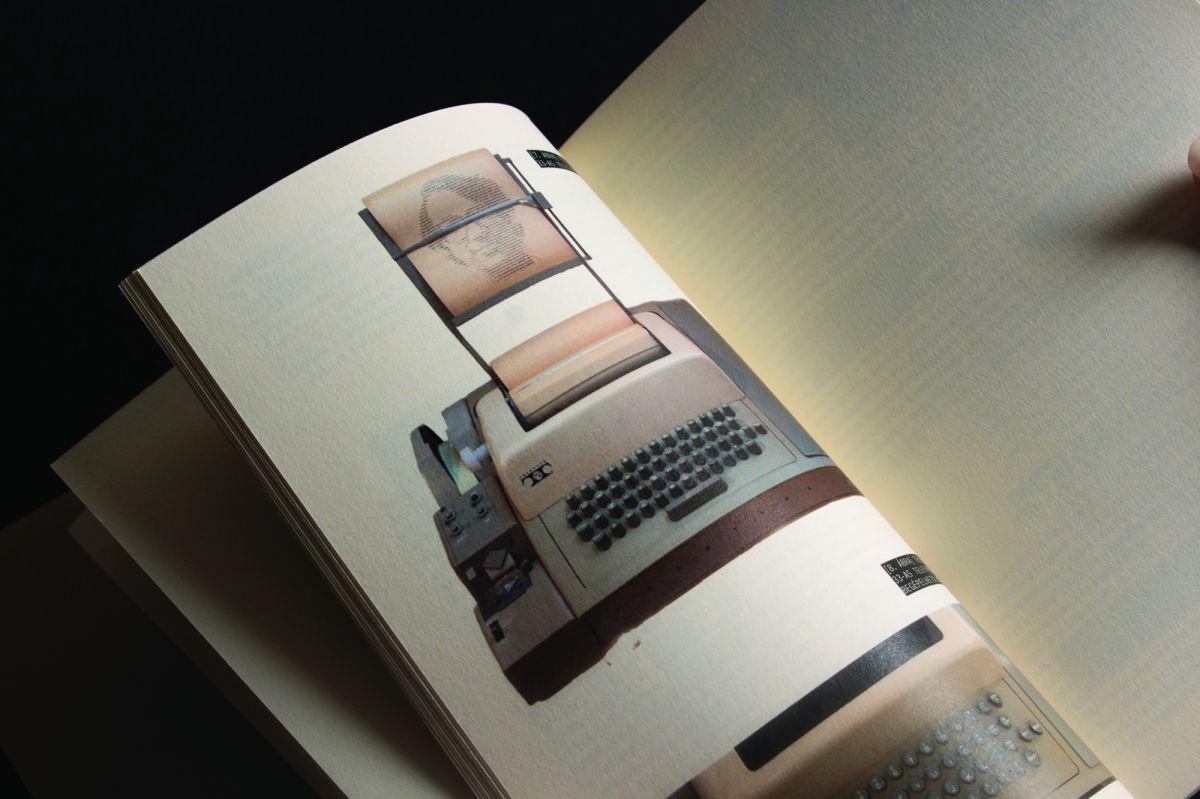
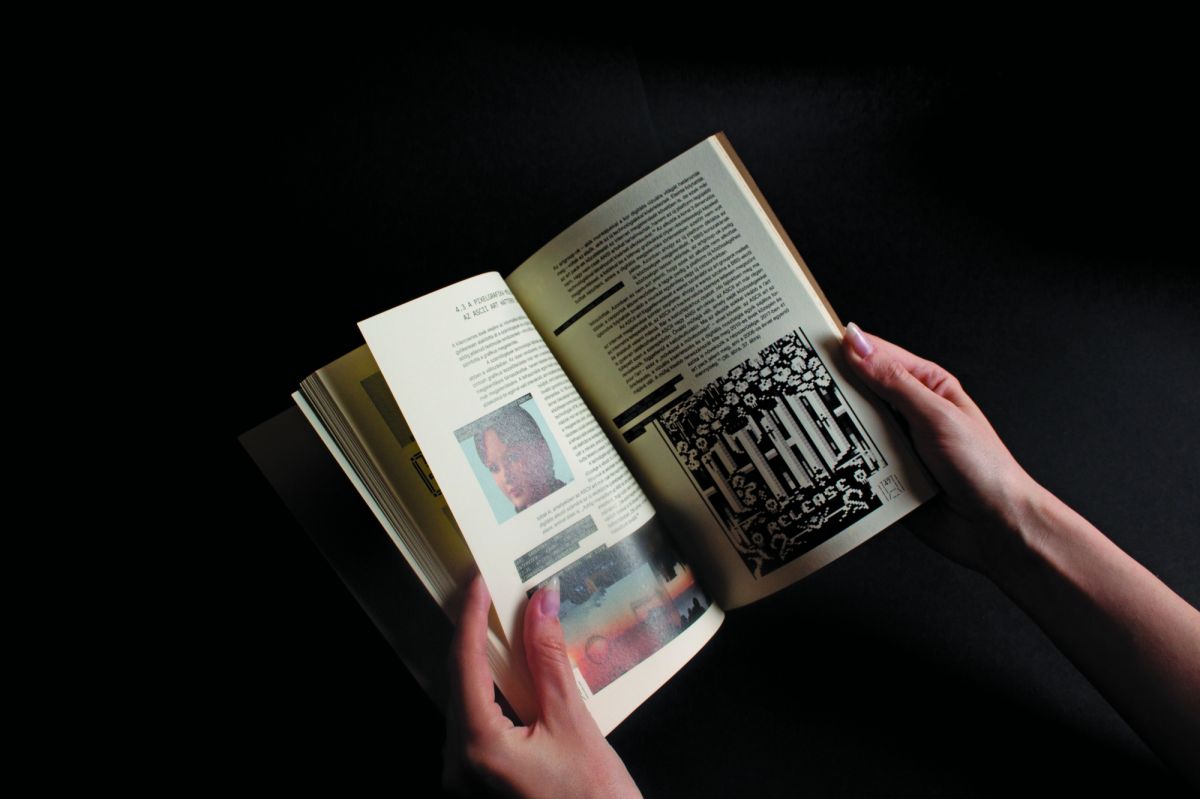
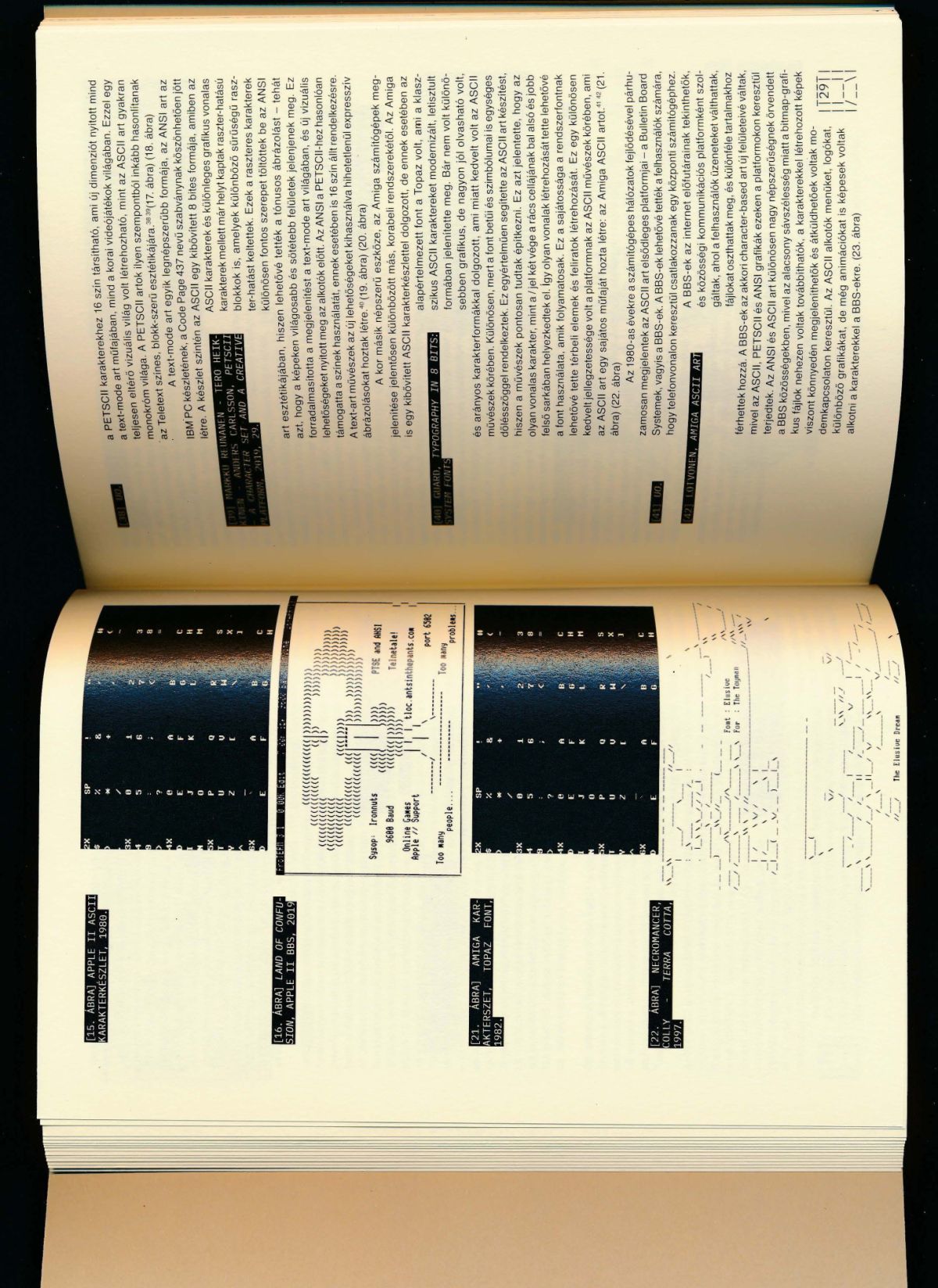
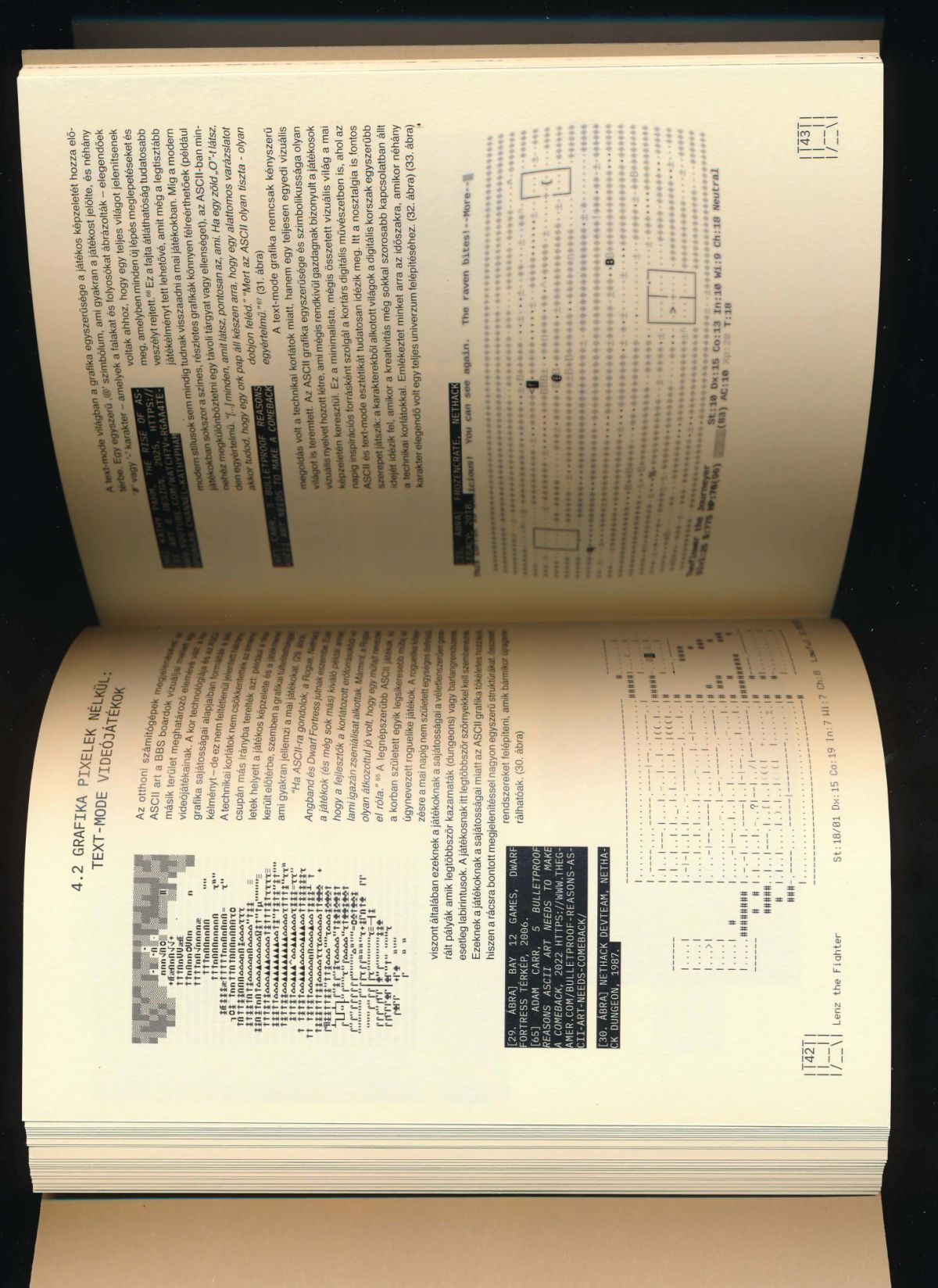
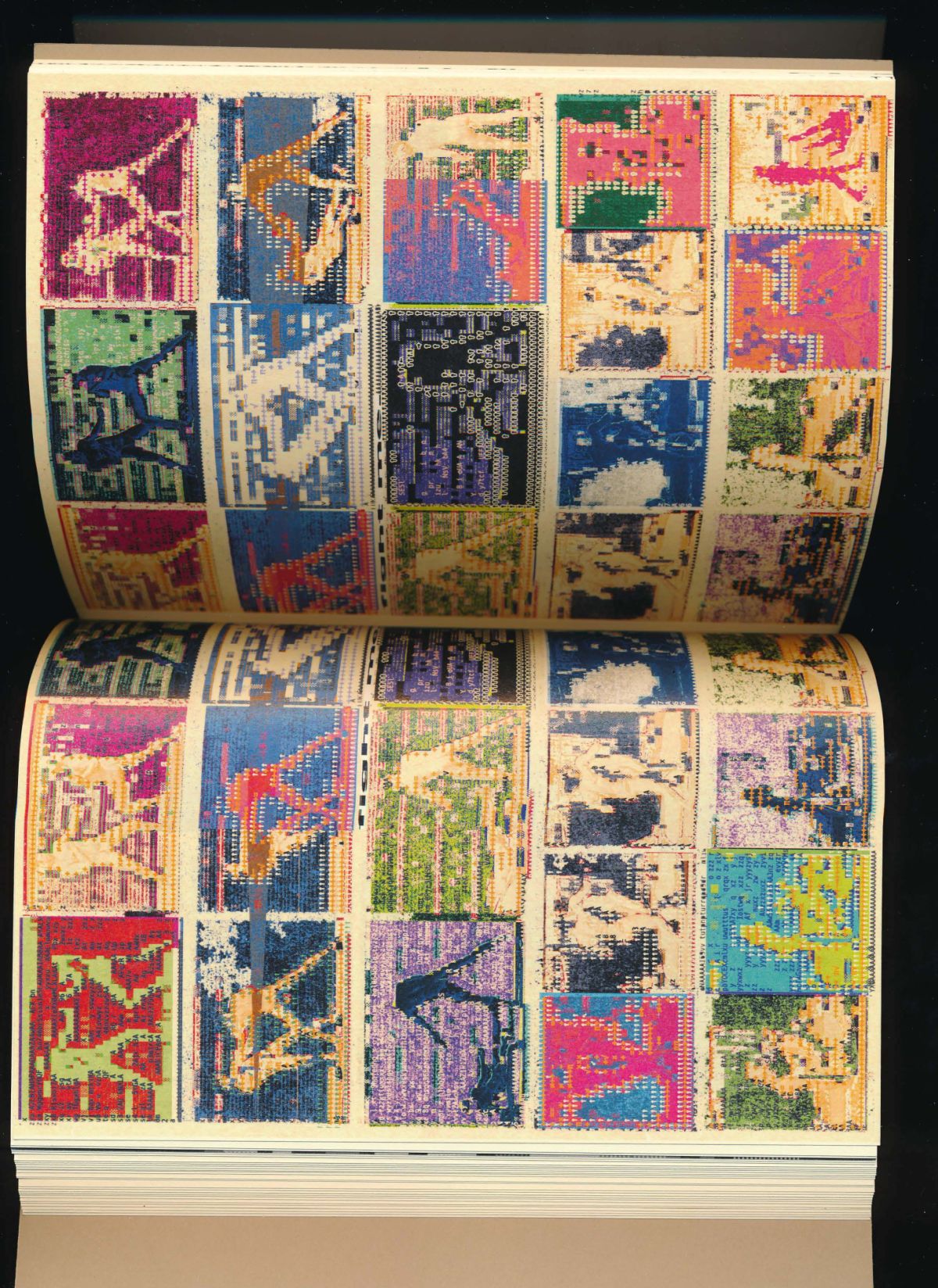
Is it possible that image creation using simple keyboard characters could become a true art form? How could an entire genre emerge from a tool that was originally designed purely for text input? In my thesis, I seek answers to these questions by examining the history, aesthetics, and contemporary presence of ASCII art. My basic thesis is that ASCII art is not merely a technical solution or digital nostalgia, but a visual way of thinking that can be constantly reinterpreted. I examine the emergence of the genre in the context of technological limitations and community dynamics: from typewriters to the hacker culture of BBSs to contemporary artistic reinterpretations. Through the work of selected artists, I show how diverse forms this genre can take. The aim of this thesis is to interpret ASCII art not merely as a historical curiosity, but as an artistic phenomenon that is still relevant today.
Consultant: Dr. Szabolcs Süli-Zakar
identity: Márk Ungvári József | webdesign: Balázs Faa | powered by: Exxite CMS